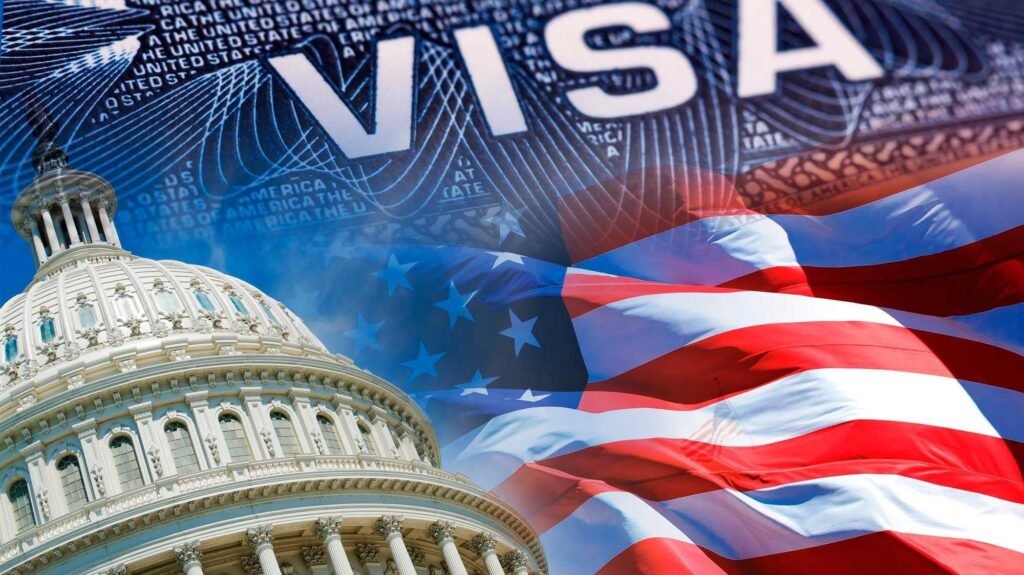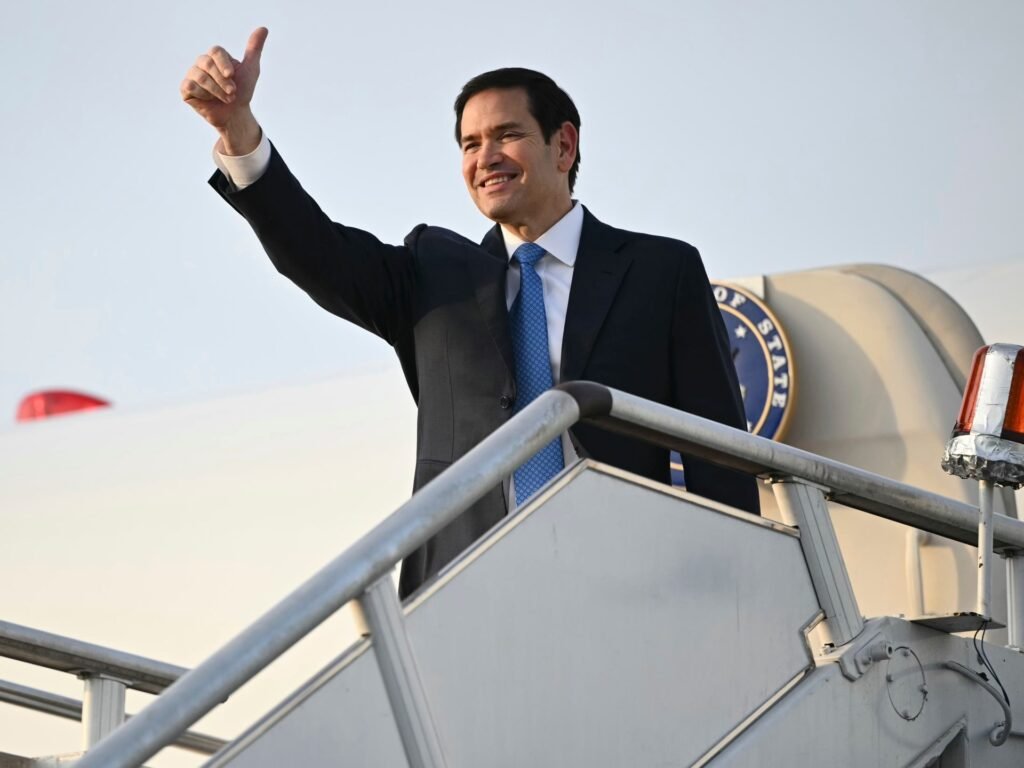The visa bonds immigration pilot launched by the U.S. Department of State on August 20, 2025 represents a major policy shift. Under this new bond scheme, applicants from Malawi and Zambia applying for foreign tourist visas will need to pay a refundable bond of $5,000 to $15,000 during their B1/B2 visa interview. Consular officers will assess each case, and the bond is fully refundable if travelers depart within visa rules. Critics warn this system may unfairly burden visitors from poorer countries. This pilot program marks a strategic effort to curb overstays while reinforcing compliance and accountability across overstay rates data. For more latest news checkout, Pakistan coverage.
Overview
The visa bonds immigration scheme marks a bold shift in U.S. travel policy. The U.S. Department of State unveiled a visa bond pilot program starting August 20, 2025, that requires certain B1/B2 tourist and business visa applicants to post a refundable bond. The bond ranges from $5,000 to $15,000 and aims to curb visa overstays by citizens of selected countries. Countries under the Visa Waiver Program do not face this bond requirement, easing travel burdens for many.
In effect, consular officers will evaluate each visa application and decide bond amounts. The bond acts as a financial guarantee. If travelers obey visa rules and exit on time, they receive a refund. Otherwise, the bond is forfeited. This measure seeks to strike a balance: uphold immigration law without outright banning travel.
Affected Countries
Malawi and Zambia are the first nations subject to this new policy. These countries have high overstay rates, at about 14.3% for Malawi and 11.1% for Zambia in 2023, prompting the U.S. to add them to the initial bond requirement list. Travelers from these countries applying for tourist or business visas must now comply with bond rules.
The list may expand as the pilot runs. Officials will add nations based on high overstay rates, vetting gaps, or citizenship-by-investment issues. Those countries will see bond rules Visa bonds immigration applied during visa interviews. This adds a dynamic, data-driven layer to the program’s rollout.
Bond Details
Consular officers will determine the bond tier based on applicant circumstances. Most travelers may face a $10,000 bond unless the officer decides $5,000 or $15,000 is more appropriate. The bond amount is refundable upon compliance, ensuring fairness for honest applicants.
Travelers pay through Treasury’s Pay.gov via Form I‑352. Funds await until departure is verified. Any visa cancellation before travel or denial at port of entry also triggers a refund. But seeking asylum or failing to leave forfeits the bond.
Entry Requirements
Travelers posting a bond must use specific U.S. airports: Boston Logan, New York JFK, or Washington Dulles, so arrival and departure can verify compliance electronically. Landing elsewhere can void bond eligibility. This step enforces the program’s logistical integrity under visa bonds immigration scrutiny.
Passengers must fly within 30 days of visa issuance. Their explored travel window is usually limited to one entry and a stay of up to 30 days. This rule ties into U.S. Customs rules for bonded travelers.
Purpose & Rationale

This bond policy reflects a renewed focus on upholding immigration laws. It ties into previous attempts to impose visa bonds and a 2020 executive directive to tighten border control. It aims to discourage overstay while giving lawful applicants a fair path to refund.
Operational feasibility also factored in: with limited former attempts due to complexity, this pilot tests digital processing of bond payments via Pay.gov. Analysts estimate about 2,000 applicants will face bond requirements during the year. This trial will inform future immigration policy decisions. To get all the latest news, click here.
Criticism & Concerns
Critics argue the scheme punishes poorer travellers disproportionately. Many call it a “legalised shakedown”, warning that it turns U.S. entry into a paywall. Civil rights groups such as CAIR say the policy unfairly targets vulnerable visitors from Malawi and Zambia.
Financial burdens combine with a new $250 integrity fee. Advocacy groups argue this could chill legitimate travel, deter tourism and business ties, and burn goodwill. Travel associations and experts warn this could hurt U.S. competitive standing in global tourism.
Implementation Timeline
The pilot launches on August 20, 2025, and runs for 12 months until August 5 or 20, 2026, depending on rule text. Malawi and Zambia lead the initial rollout. The Department of State updates its country list at least 15 days before each change. Consular officers receive bond guidance before implementation.
The pilot’s scope remains limited to B1/B2 visa holders. Visa conditions remain strict: single entry, three-month validity, and 30-day U.S. admission limit. Bonds posted under the pilot remain enforceable until either canceled or breached— even after the pilot ends.
Impact & Outlook
This bond regime adds a financial barrier for affected travelers. Even law-abiding visitors from Malawi and Zambia may delay travel due to upfront costs. That may reduce tourism and business visits, including connections with Pakistan through African networks.
If successful, the visa bonds immigration model may expand to other nations with higher overstay metrics. But strong pushback or limited impact could prompt rollback. Pakistani travelers and policymakers should monitor whether similar bond measures emerge in future. Enjoy exclusive sports coverage and highlights, click here.
Frequently Asked Questions (FAQs)
What are visa bonds?
A visa bond is a refundable payment up to $15,000 required by U.S. consular officers to guarantee compliance under the visa bonds immigration pilot program for B‑1/B‑2 applicants from certain countries.
What is the US visa bond?
The U.S. visa bond is a financial guarantee tied to B‑1/B‑2 tourist or business visas, refundable if the traveler obeys visa terms and departs as scheduled.
What are bonds for immigration purposes?
Immigration bonds act as guarantees that ensure non-immigrant visitors or detainees follow court or visa conditions, with forfeiture if they don’t comply.
What is a security bond for a visa?
A security bond or Maintenance of Status and Departure Bond is a payment required during visa issuance to ensure timely U.S. exit, using Form I‑352 on Pay.gov.
How can I pay an immigration bond?
You can pay the visa bond via the official U.S. Treasury Pay.gov portal using Form I‑352, following instructions from a U.S. consular officer.








